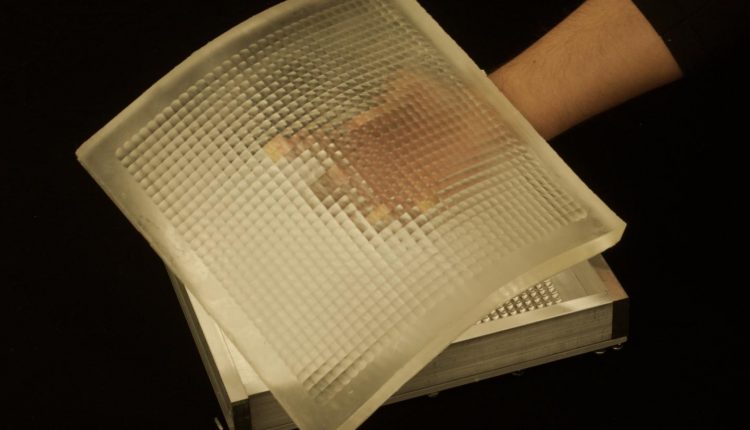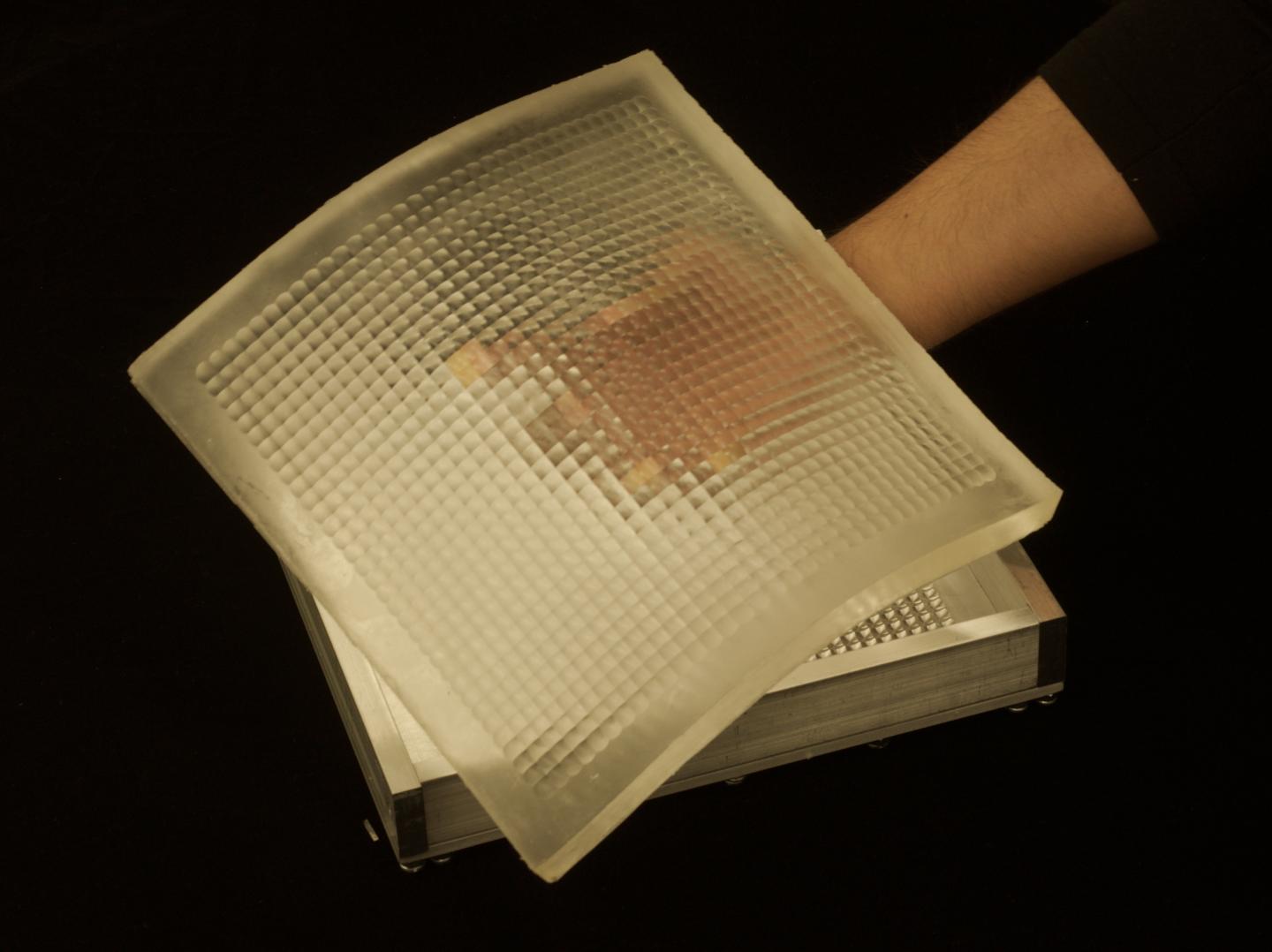
Flexible Camera Wraps Around Objects To Capture Images
Imagine being able to arrange your camera around an object you want to take a picture of like a sheet. It’s now a real thing thanks to engineers from Columbia University.
The team, led by Shree K. Nayar, T.C. Chang Professor of Computer Science at Columbia Engineering, developed a new type of sheet camera that can be wrapped around everyday objects to capture images typically unattainable by ordinary cameras.
The flexible lens array adapts its optical properties when the sheet camera is bent, allowing for high quality images over a wide range of sheet deformations.

“Cameras today capture the world from essentially a single point in space,” said Nayar. “While the camera industry has made remarkable progress in shrinking the camera to a tiny device with ever increasing imaging quality, we are exploring a radically different approach to imaging. We believe there are numerous applications for cameras that are large in format but very thin and highly flexible.”
The team suggests that if this kind of camera could get manufactured inexpensively, similar to a roll of plastic, it could be wrapped around all kinds of objects like street poles, furniture, and cars in order to capture wide images with unusual fields of view. Additionally, it could even lead to a future filled with handheld cameras that could flex for the photographer to control its field of view.
The new “flex-cam” consists of a flexible detector array and a thin optical system capable of projecting a high quality image on the array.
In order to combat the gaps that would appear between fields of views of adjacent lenses, the Columbia team created an adaptive lens array made of elastic material that enables the focal length of each lens in the sheet camera to vary with the local curvature of the sheet. This adaptation does not require the use of mechanical or electrical mechanisms to control each lens of the array.
The prototype lens array is made with silicone and was tested to produce high quality images.
“The adaptive lens array we have developed is an important step towards making the concept of flexible sheet cameras viable,” said Nayar.
Next the team will develop large-format detector arrays to go along with the deformable lens array, potentially paving the way for a new class of cameras and expanding the potential applications.
For more information, watch the video below.

Comments are closed, but trackbacks and pingbacks are open.